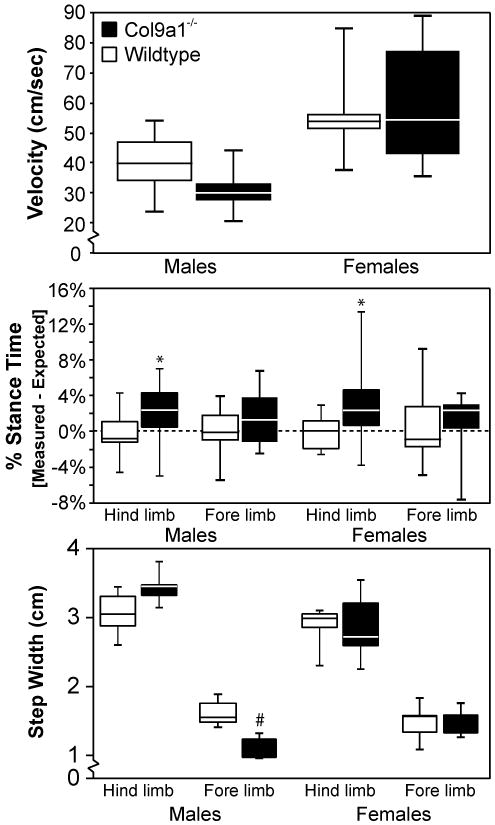Figure 3. Gait differences for Col9a1-/- mice exist in prompted trials, but are less extensive than in unprompted trials.

In prompted gait trials, mice were startled into movement by brushing their hind quarters with a swab. When prompting this movement, most gait differences between Col9a1-/- mice and wildtype (WT) controls diminished relative to those observed in unprompted trials (See Figure 2). For velocity, male-Col9a1-/- mice tended to locomote at slower velocities than male-WTs; however, these differences were not statistically significant. Col9a1-/- mice did use higher hind-limb percentage stance times (* p<0.02), and mutant males used narrower fore-limb step widths than WT controls (# p<0.001). When comparing these data with the unprompted results, differences in prompted trials were smaller in magnitude and less significant. Data are presented as quartile box blots of 11 male-WT, 9 male-Col9a1-/-, 9 female-WT, and 10 female-Col9a1-/- trials measured from 5 mice in each sex-genotype.
